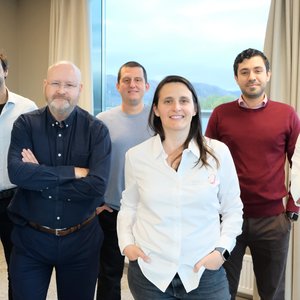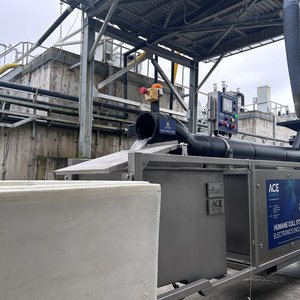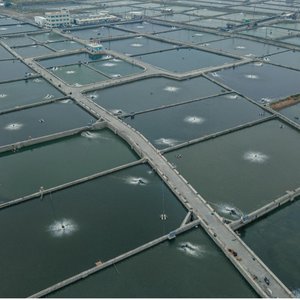From September 1 to October 31, 2022, ASC is running a public consultation to refine proposals for two major topics in the upcoming ASC Farm Standard, Fish Health and Welfare and Benthic Impacts. The consultation specifically aims to collect feedback on the practical impact and auditability of the suggested requirements from producers, primary processors, and auditors as well as to understand stakeholders’ opinions on the entire proposal.
Holistic inclusion of Fish Health and Welfare topics
With the purpose of encouraging responsible farming practices, this criterion focuses on the implementation of disease prevention schemes and adherence to good welfare practices which promote the protection of the physical and mental integrity of the animals in relation to their living environment.
New welfare content for the already existing criterion has been created for finfish, with the intent to develop indicators for crustaceans, bivalves and abalone during the next revision of the ASC Farm Standard. Shrimp eye-stalk ablation (the removal of one or both eyestalks) is not covered in this version but is currently being considered for possible inclusion. The choice of topics to be included in the Fish Health and Welfare indicators was made based on relevance, scientific knowledge available and applicability to commercial farming.
The consultation proposal structures Fish Health and Welfare into three main pillars: routine operations, handling and slaughter.
The criterion includes detailed requirements for training employees, with a particular emphasis on employees involved in handling operations. In some instances, specific metrics will be replaced with management systems to ensure good welfare across various contexts. For example, the proposal introduces the use of operational welfare indicators (OWIs) as proxies to determine whether stocking density is adequate or not. Additionally, the monitoring of morphological indicators, such as assessing eye or skin damage, deformities, and changes in coloration, must be implemented. If downward trends are observed, farmers must investigate the situation and assess their farming density and modify accordingly.
Fish Handling requirements for finfish are included which address operations that involve direct physical contact with the fish, including crowding and taking them out of their normal rearing environment.
Lastly, the Fish Health and Welfare criterion will look at slaughter practices, with the aim of assuring that no fish suffers unnecessarily. Best practices in fish slaughter include the implementation of both stunning (preferably mechanical or electrical) and responsible killing methods. The Standard will require farms to eliminate the use of killing methods proven to be highly aversive to fish, such as asphyxia, CO2, salt baths, ammonia baths and evisceration. It will also make stunning compulsory by introducing it in a phased approach to account for current practices for different species. Furthermore, ASC has laid out a series of requirements to guarantee that stunning and slaughter are effective, backup systems are in place, and staff are properly trained in welfare and slaughter practices.
Key changes in Benthic Impacts criterion
To ensure the ecosystem surrounding the farm maintains its structure and function, farmers must regularly monitor the benthos. With the support of a technical working group, ASC has developed a proposal that will ensure that benthic habitats are monitored and farms develop a thorough understanding of their impacts.
A proposal for benthic impact requirements for cages and suspended mollusks in marine systems and a recommended approach for cages in freshwater systems (lakes and reservoirs) was subjected to a 60-day public consultation in March-April 2022. Based on the feedback received, the scope of the proposed requirements has been expanded to include production in brackish environments and in lakes and reservoirs.
Next steps
Following the public consultation, ASC will collate all the feedback and prepare a synopsis for publication on the ASC website. Pilot testing of the ASC Farm Standard will begin in late 2022. The full ASC Farm Standard will undergo a final round of public consultation in September 2023.
Required changes, based on this consultation, will be made prior to presentation of the full standard to the Technical Advisory Group in January 2024. After approval by the ASC Board, the standard will be launched in April 2024.
Find more information here.













